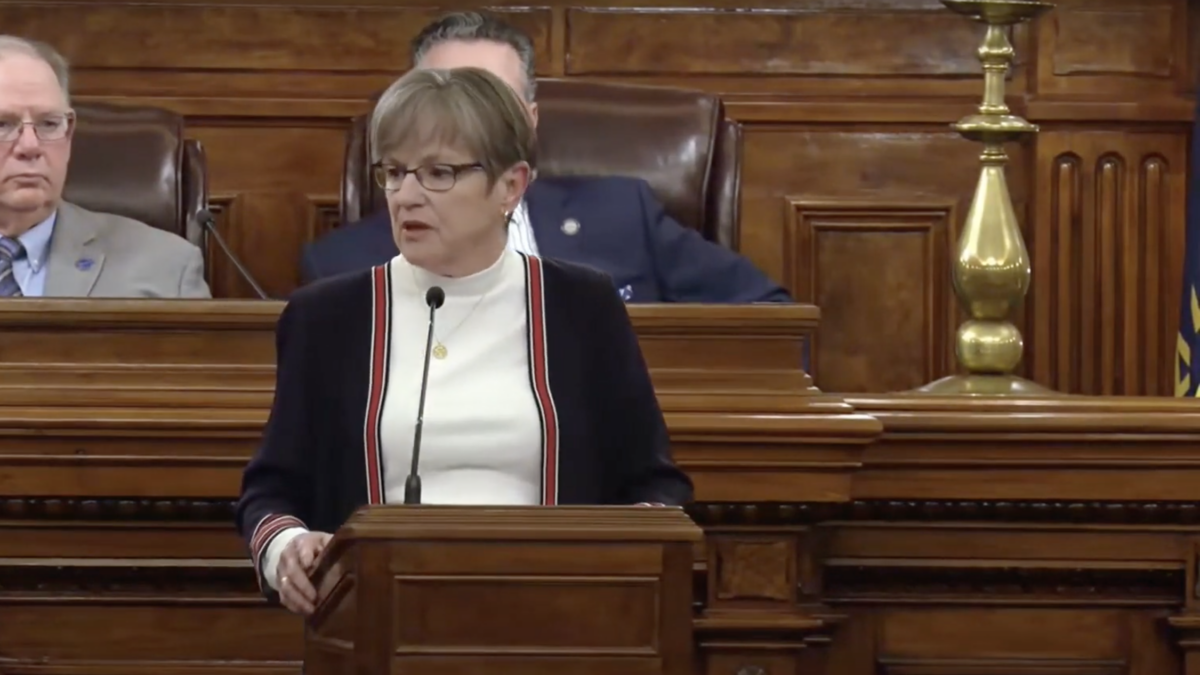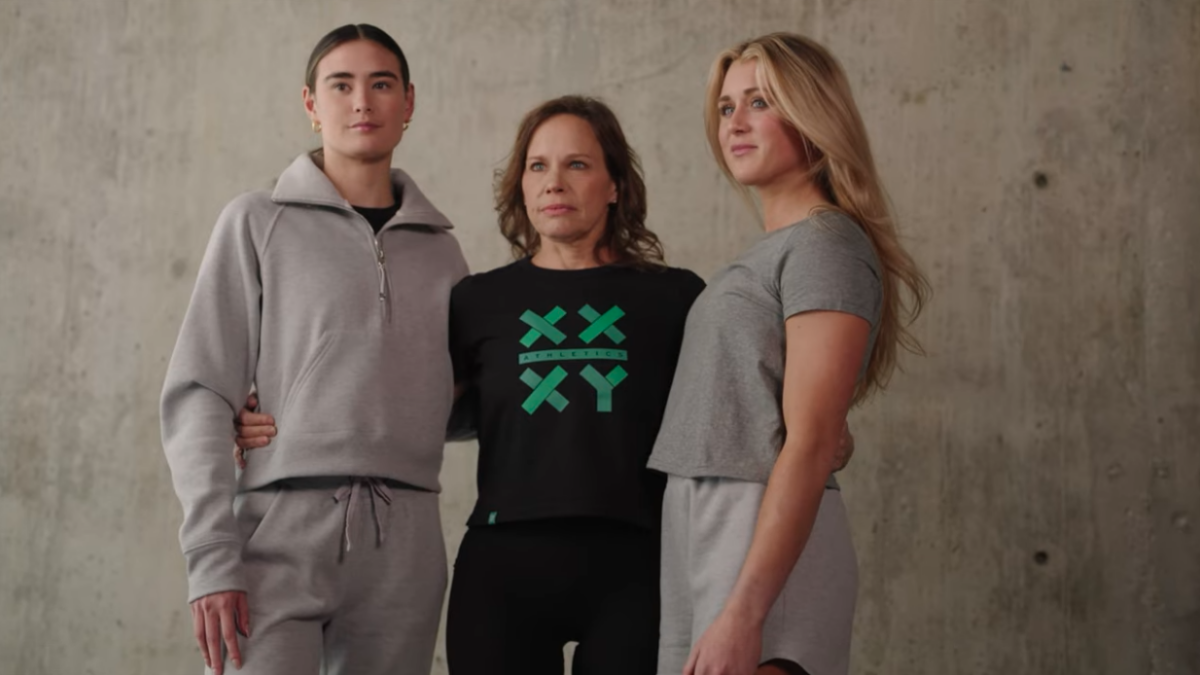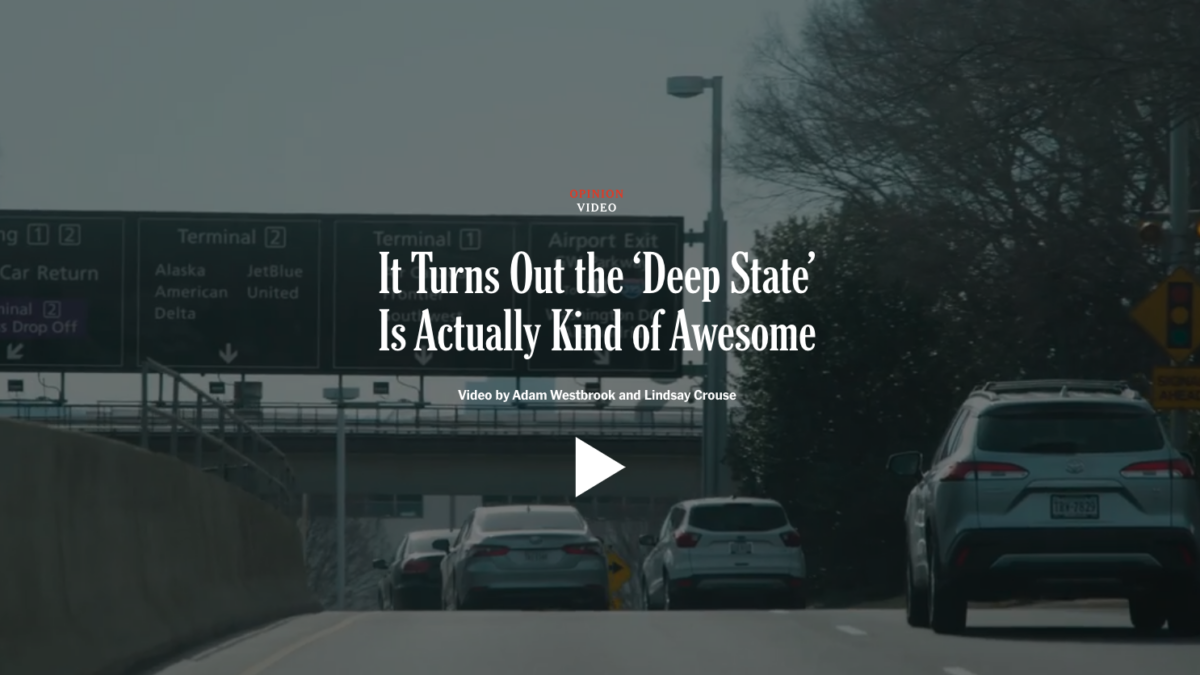
It’s a long-standing public perception that the Left in this country are far more sophisticated, tolerant, and culturally and racially sensitive than the Right. In fact, the stronger perception, built on the first, is that the Right are narrow-minded, bigoted, and insensitive to those who look different or adhere to traditions or beliefs outside mainstream white, Western “Christian” culture.
This is a myth. While you can certainly find a few right-wingers who are horribly racist and ignorant (Cliven Bundie, for instance) you can find the same in the Democrat Party, as well (I give you Robert Byrd).
Enter the world of regulation, and one discovers exactly how insensitive and, dare I say, bossy, the far Left can be when it comes to ethnic and cultural relations.
Two prime examples are the federal Housing and Urban Development Department’s (HUD) Affirmatively Furthering Fair Housing, and the Equal Employment Opportunity Form (EEO–1). Both these titles sound nice—we all want fairness and equality—yet the reality of implementing these policies work against our popular perception of what it means to be fair, just, and equal.
Feds Redline Communities
Like most other federal bureaucracies, HUD draws its power from the ability to grant federal dollars to local municipalities. By power, I mean the power to tell local authorities what they can and cannot do as long as they receive federal grants. Affirmatively Furthering Fair Housing, or AFFH, is a massive expansion of HUD’s discretionary policy-making that claims its foundation on the Fair Housing Act of 1968. In reality, the AFFH has very little to do with preventing racial discrimination in housing, and a whole lot to do with, “Taking proactive steps beyond simply combating discrimination to foster more inclusive communities…overcoming segregated living patterns….supporting and promoting integrated communities…and ending racially and ethnically concentrated areas of poverty” (emphasis added).
Based on the very existence of “racially and ethnically concentrated areas of poverty,” the AFFH has drawn a causal relationship between location and poverty. If location is the single largest determining factor of poverty, as the HUD Secretary Shaun Donovan alleges, then the natural course of action must be to relocate people, based on their ethnicity or race, from poor neighborhoods to affluent ones. Never mind actually fixing the failing schools in the area so black children can have a better shot at college or a good job—let’s just shuffle them over to the suburbs and hope things go better over there.
In fact, HUD doesn’t stop at insisting your ZIP code determines your fate, like some sort of cosmic lottery number, they go so far as to claim that racially concentrated areas are actually segregation. Wait, didn’t segregation end about 40 years ago? Why, yes it did. Does HUD have significant evidence that segregationists are steering local zoning and development to corral all the black and Hispanic people into one corner of the county? Let me see….no.
Ignoring What Minorities Want
But since HUD holds the purse strings, cities and counties must indulge its distorted version of reality. Every so often, cities and counties must submit a “Fair Housing Assessment” to HUD, which outlines their “fair housing issues,” and how they plan to address them. If HUD accepts it, they get their grants. HUD is free to impose as many or as few demands on the counties and cities as they wish, as long as they grant the money.
One of the AFFH’s express goals is to have fully integrated, racially proportionate communities—communities that each mirror the racial proportions of the general area. At first brush, that sounds nice, but anyone who has rudimentary understanding of what a “community” really is quickly realizes how socially incompetent HUD bureaucrats must be to subscribe to this ideal. To achieve it, HUD mandates certain zoning and housing development practices, including building several hundred affordable housing units, as they did in Westchester, New York, in more affluent (corresponding to “white”) neighborhoods, then demanding that the counties market those units explicitly to minorities to attract a high proportion of blacks and Hispanics.
This, despite the fact that Stuart Gerson, the representative for Westchester county in a false claims case against HUD, was quoted in The Weekly Standard as saying, “The demand in Westchester [from minorities] has always been not just for better housing but that it be placed in or contiguous to the neighborhoods where minorities are living now—and not in the far suburban or semi-rural places where the federal government wants it.”
So in other words, HUD has little regard for what minorities actually want, maintaining that they promote “fair housing choice.” The AFFH essentially wags its finger disapprovingly at minority communities, saying, “Yes, you can live with the white people, but no, you can’t live near your friends and family because too many black people live there.” This blatant disregard for the expressed desires of minorities is evidence of both bureaucratic elitism and cultural incompetence. In pursuit of their model society, where every block contains the “right” racial and ethnic mix, HUD ignores the desires of racially concentrated communities, cultural dynamics, and the bonds that community members may have with one another.
The Height of Cultural Insensitivity
The AFFH denies a basic social reality that people with similar interests and backgrounds often prefer to associate with each other, and a certain social stickiness helps maintain racial, and by association, cultural concentrations. Dissemination to uniformity is the law of solvents and solutes, not sociocultural living patterns. While it doesn’t completely explain these sorts of concentrations, this social stickiness is a major factor HUD has dismissed on the grounds that it does not serve their agenda of diversity. Tell me, does Affirmatively Furthering Fair Housing still sound fair and culturally sensitive?
What happens when you build affordable housing in the middle of an affluent white neighborhood? Do minorities automatically blend in to the culture, living harmoniously with their well-off white neighbors? Is it really that simple? No, of course it isn’t. People are people¸ with varying beliefs, traditions, ways of communication, and preferences, not cultural units that can simply be rearranged at will like the colored Legos a preschooler builds into toy cities. HUD has divorced the liberal ideal of multiculturalism, which is an admirable concept, from community—and social friction, not intercultural harmony, is the result.
This is ignorance, pure and simple.
That ignorance, and its resulting insensitivity, isn’t just intruding upon local authorities. It’s right in front of your face every time you fill out your federal forms when you start a new job. Or if you work in Human Resources, like I do, you see it every day.
Label Races, Or Else
Yes, the Equal Opportunity Employment form (EEO-1). It was created in 1967 with the good intention of monitoring discriminatory practices, and was undoubtedly useful in a time when racial discrimination was the norm. Today, when you’re the new employee, it seems fairly benign. The EEO-1 has a written assurance from the federal government that the form is only for data collection purposes, and you can decline to self-identify if you wish.
My first brush with the EEO form on the employer side was when I received an email from our PEO (Professional Employer Organization) saying a couple of our new hires had declined to complete their EEO-1 forms. They insisted that in order for their paperwork to be processed and have them ready for payroll, I needed to complete the forms for them.
Sure enough, it’s a federal mandate. This is from the Equal Employment Opportunity Commission’s Q&A page:
If I think I know an employee’s ethnicity, can I just write that in on the report?
A. No. The preferred method of identification is self-identification. Employers need to provide employees the opportunity to self-identify their own ethnicity. If an employee then refuses to do so, employment records or visual observation must be used.
Oh, so the preferred method is if people label themselves, but if that’s not possible, we’ll just have the employer do that.
As a remote employer, I cannot tell you how awkward it is to bring up someone’s photo on one screen and alternate your stare between her face and the EEO-1 form’s list of seven racial categories on the other screen. On multiple occasions, I had to call over a coworker to help me “decide” which race they probably were, since it wasn’t immediately apparent.
Outdated and Asinine Racial Framework
On top of that, on a cultural level this kind of mandatory data collection is deeply problematic. One wonders why the form only has seven racial categories, although one of them is actually what they’ve called an “ethnicity,” and by “ethnicity” they mean Hispanic or non-Hispanic. You can make a decent argument for why Hispanic is not a race, but you can also make a decent argument for why none of the categories are “races,” in the sense that race is any sort of concrete and measurable concept.
Because, well, it isn’t. Anyone with a couple weeks of anthropology lectures under her belt can tell you that race is a social construct, and it’s confounded by all sorts of factors that all contribute to what we call our “identity.” People are complex; we’re higher forms of beings and think of ourselves in complicated, multi-faceted ways. Our identities are informed by: how our family identifies, our own “racial” physical characteristics, our dialect and accent, the culture identity of your community, and our country of origin, among other factors.
The government’s approach to “racial” identity assumes we are far more simple-minded creatures, with a very basic, crude recognition of physical differences, articulated something along the lines of “me Monkey, you Baboon.” This crude labeling system will become increasingly problematic as the rate of interracial marriages continues to climb. It rose from 3.2 percent in 1980 to 8.4 percent in 2010, and that trend will likely continue. Racial or ethnic identities may become more complex and nuanced at the same time they become even less important identifiers in everyday life and in business (because, really, your employer isn’t concerned with your race, just your job performance and character). A racial labeling system developed by the federal government cannot possibly keep pace with the rapidly changing ethnoscape of America, even with its rare updates (implemented in 1967 and updated 40 years later).
As a result of the decline of importance in racial divisions and the increase of people of “two or more races,” fewer people will elect to identify themselves within such an outdated and asinine racial framework. That means that the task of bestowing a racial label on you falls to the employer. The lowly HR drone, whom you briefly made awkward eye contact with over the top of the standing desk on your way to the bathroom, will decide whether in the eyes of the government you are Latina or Pacific Islander. You, a complex social form of higher intelligence, will be crammed into one of those seven categories whether you like it or not. How, exactly, is that culturally sensitive?
Conservatives Aren’t Obsessed with Labels and Sameness
The Left seems to have no qualms about the EEO-1 form, even while they protest racial profiling for criminal behavior. Not only are labels essential to their worldview (if we don’t keep track of everyone’s categories, we cannot deliver social justice on their behalf), but the EEO-1 is another tool to keep pressure on employers to think first about diversity, and second about performance.
Despite the fact that the Left yells the loudest about fairness, equality, and multiculturalism, it isn’t conservatives who are putting America’s cultural tapestry through the shredder, threatening to unravel it all because the colors were too “segregated,” and reweave it so every unique thread, every pattern, is gone, and is instead distributed throughout the fabric to produce something that doesn’t represent the vibrant cultural diversity of America, but instead appears dull, lifeless, and monochromatic.
Conservatives aren’t obsessed with labeling you whether you like it or not, and with keeping tabs on how you self-identify. Identity is both intensely personal as well as by nature public—delicate and nuanced concepts such as this are better left at the kitchen table, not a bureaucrat’s desk. Conservatives aren’t obsessed with stripping away your choice to decline to disclose such personal information to an employer, or dictating where you can and cannot live based on the color of your skin (which sounds an awful lot like segregation).
And for all the Left’s stated concern with privacy, the federal racial labeling mechanism demonstrates they are the ultimate violators of privacy, not the Right. How can someone whine about the government knowing whether she talked to her mom last week, while being complacent to the fact that every day, that same government demands that the ethnic and racial identities of thousands of people be disclosed to the ruling class, the bureaucracy, every time they change jobs?
Those on the extreme Left, being excellent propagandists, are very competent in projecting the idea that they are culturally sensitive; indeed, the greater part of their success comes through their fervent devotion to Diversity, and federal mandates such as the Equal Employment Opportunity form and the AFFH are regulatory expressions of that devotion. The concepts of diversity and cultural sensitivity have been successfully conflated in the mind of the public, and the far-left fraud of minority advocacy is perpetuated as a result.
No, respect of social difference, which is what sensitivity is, stems from understanding, and the political activists and community organizers on the Left have proven through their policies and ideals that their cultural intelligence—their Cultural Quotient, if you will—is very low.
Far-left urban planners and elitist bureaucrats will continue to mandate diversity from on high, but do not indulge the self-flattery of the Left over cultural tolerance and understanding. The reality, perhaps the irony, is that their obsession with diversity has actually put them at odds with cultural sensitivity.









